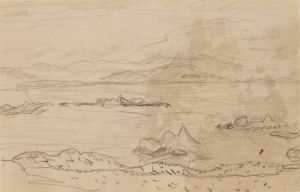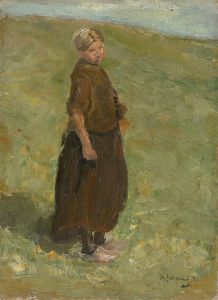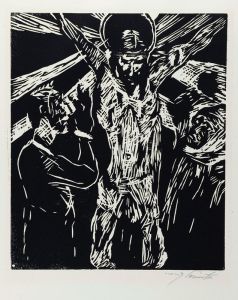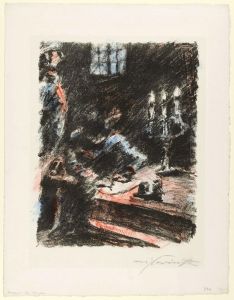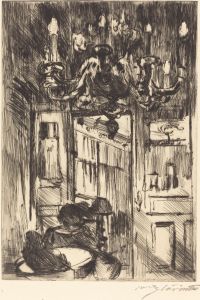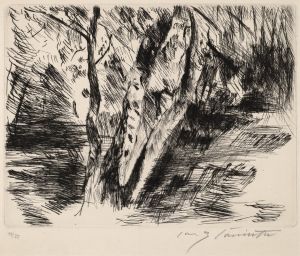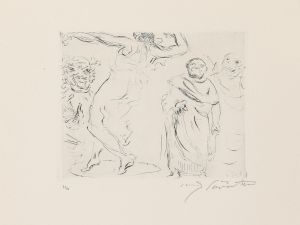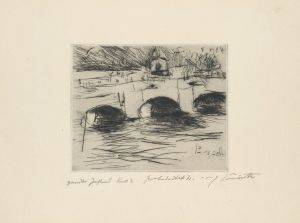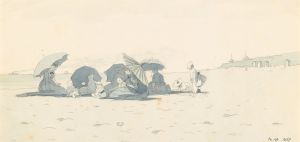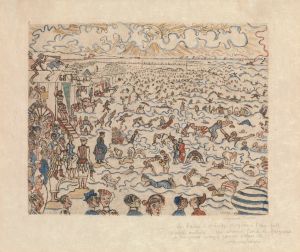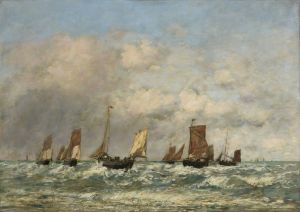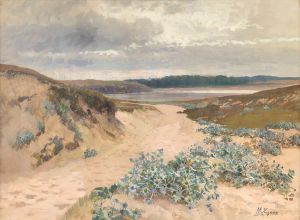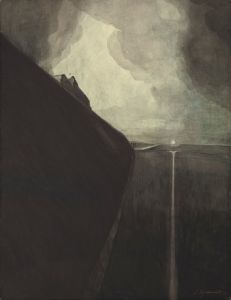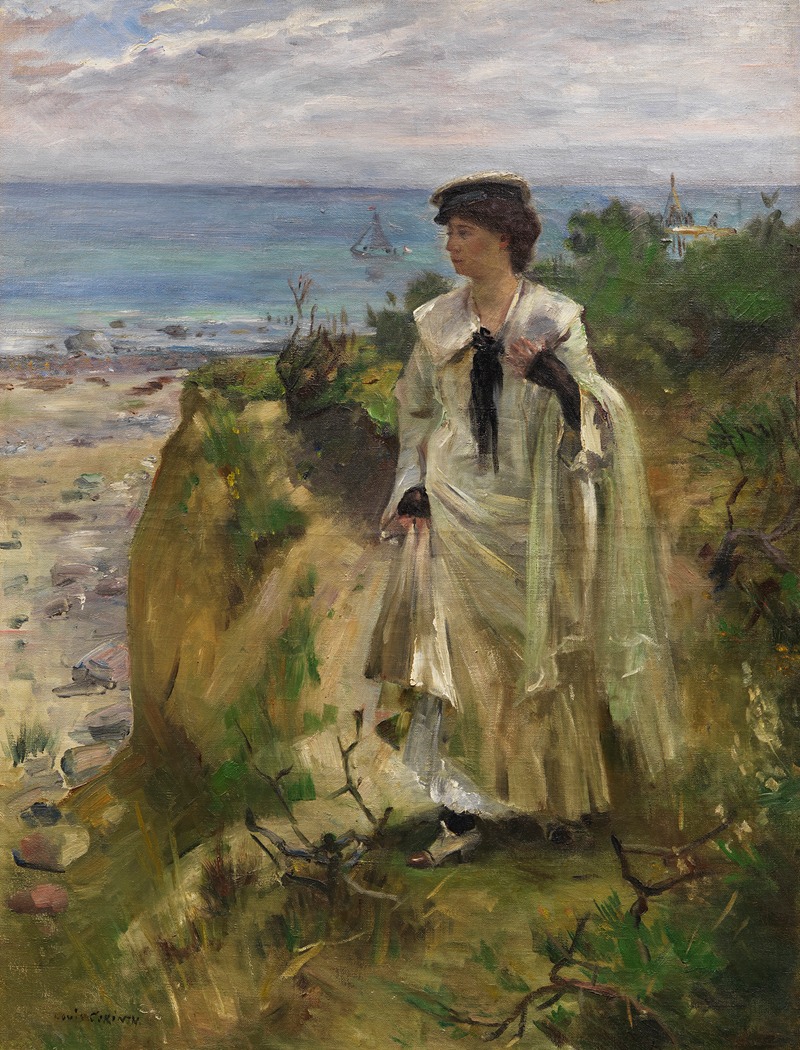
Am Ostseestrand
A hand-painted replica of Lovis Corinth’s masterpiece Am Ostseestrand, meticulously crafted by professional artists to capture the true essence of the original. Each piece is created with museum-quality canvas and rare mineral pigments, carefully painted by experienced artists with delicate brushstrokes and rich, layered colors to perfectly recreate the texture of the original artwork. Unlike machine-printed reproductions, this hand-painted version brings the painting to life, infused with the artist’s emotions and skill in every stroke. Whether for personal collection or home decoration, it instantly elevates the artistic atmosphere of any space.
"Am Ostseestrand" (At the Baltic Sea Beach) is a painting by the German artist Lovis Corinth, created in 1912. Corinth was a prominent figure in the German art scene and a leading member of the Berlin Secession, an art movement that sought to break away from traditional academic art and embrace more modern, expressive styles.
The painting depicts a serene beach scene along the Baltic Sea, capturing the natural beauty and tranquility of the coastal landscape. Corinth's use of vibrant colors and dynamic brushstrokes brings the scene to life, reflecting his mature style that combines elements of Impressionism and Expressionism. The composition is characterized by its loose, fluid application of paint, which conveys a sense of movement and spontaneity.
Lovis Corinth was born on July 21, 1858, in Tapiau, East Prussia (now Gvardeysk, Russia). He studied art in Königsberg, Munich, and Paris, where he was influenced by the works of the French Impressionists. In 1901, he moved to Berlin and became a central figure in the Berlin Secession, an association of artists who opposed the conservative policies of the official art academies.
"Am Ostseestrand" is one of many works Corinth created that depict the natural world, showcasing his ability to capture the essence of a scene with his expressive technique. The painting reflects his interest in the interplay of light and color, as well as his fascination with the changing moods of nature.
Throughout his career, Corinth's style evolved significantly. His early works were more realistic and academic, but after suffering a stroke in 1911, his style became more free and expressive. This shift is evident in "Am Ostseestrand," where the brushwork is more vigorous and the forms are less defined, creating a sense of immediacy and emotional depth.
Corinth's contribution to German art was significant, and he is regarded as one of the leading painters of his time. His works are held in major museums and collections around the world, and his influence can be seen in the development of modern art in Germany.
"Am Ostseestrand" exemplifies Corinth's mature style and his ability to convey the beauty and atmosphere of the natural world. The painting remains an important example of his work and a testament to his skill as an artist.





